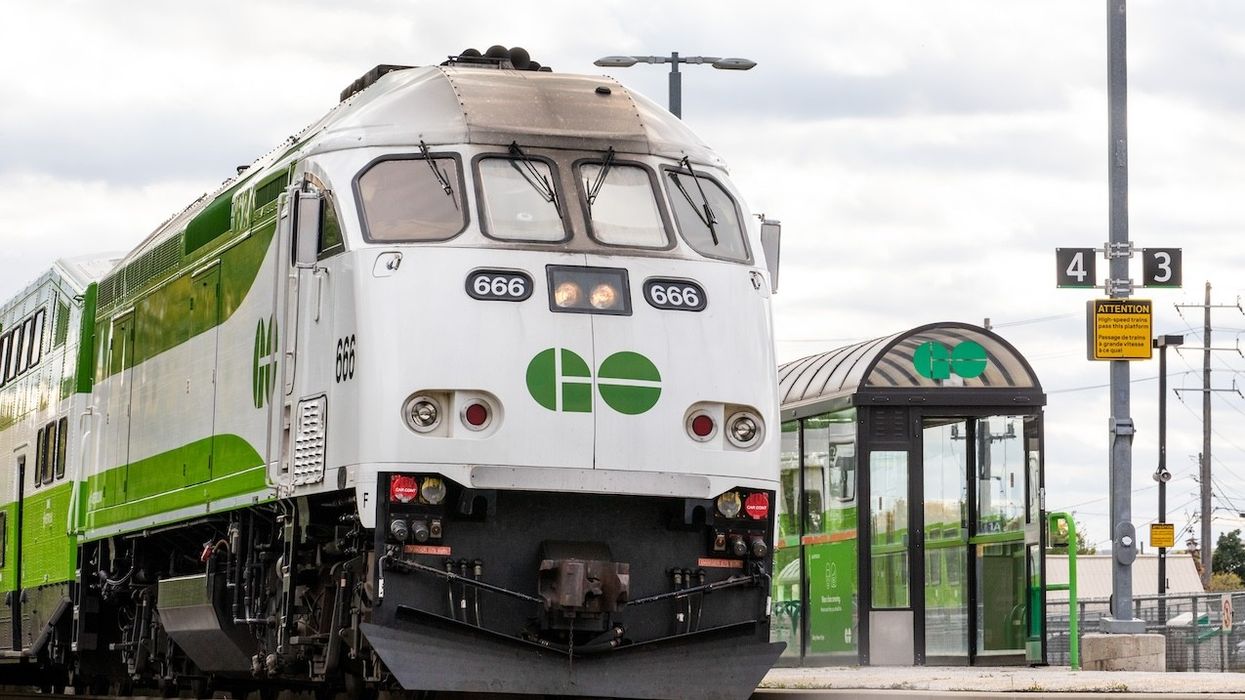Metrolinx is reshaping transportation in the GTHA with its ambitious GO Expansion project. For years, the GO Expansion was overlooked and considered the ‘best kept secret’ in comparison to other major transit projects, but we are starting to hear more about it now.
The GO Expansion project will deliver faster and more convenient travel across the region by expanding lines that were initially built as a single-track system (the Kitchener and Barrie lines, for example, are currently in the process of expanding their tracks). Additionally, by electrifying a total of 600 km of track, the system aims to offer all-day, two-way (so, no longer single-track), and every 15-minute service.
Estimated at $16.2B in 2018, the GO Expansion demonstrates impressive cost effectiveness compared to other large-scale transit projects. At approximately $62M per kilometer, it stands considerably lower than projects such as the Ontario Line ($1.15B per kilometer) and Eglinton Crosstown LRT ($674M per kilometer). This cost-effectiveness is achieved by leveraging existing infrastructure while still delivering substantial enhancements, including the creation of new tracks, electrification, improved station accessibility, increased frequency, and schedules to facilitate more two-way, all-day service.
However, to fully realize the transforming potential of this project, it must align and integrate with our community planning goals and efforts and while the decade-long implementation timeline could be deceiving, the reality is that the time to get this right is NOW — otherwise, it will be too late before we know it.
By ensuring that trains run at least every 15 minutes, the GO Expansion is evolving from being merely a commuter-centric transit option to resembling a more subway-like system. Also, in contrast to the already denser urban core areas where subway stations are closer together, the relatively greater distance between GO stations introduces a significant advantage for more efficient land-use planning in suburban areas. It incentivizes greater density and concentrated growth around GO stations within an 800-m radius, while discouraging the replication of suburban sprawls. The potential here is immense. Initiatives in Newmarket, Durham Region, Cooksville, and Oakville are already showcasing plans for heightened density around GO stations, aligning with provincial growth targets and transit opportunities.
However, to fully realize the transforming potential of this project, it is crucial not only to align and integrate it with our community planning goals but also to ensure that we avoid repeating the same old mistakes.
What could go wrong? First, we have already taken a step in the wrong direction. A quick look at the areas around our existing GO stations reveals a predominant presence of expansive parking lots, and even in areas where we started intensifying with residential and commercial uses also know as Transit Oriented Communities (TOC), we did it in a way that still puts the car first.
The reality of many TOCs in the GTA is that they are falling short of their promise. With oversized streets, vast open spaces that are usually delivered last in a multi-phased project, and buildings out of sync with human scale, they are creating an unwelcoming environment for pedestrians. If we don't reconsider prioritizing the car over people, even in the vicinity of our new transit stations, where else would we make this change?
In other words, the way we design is currently defeating its purpose of encouraging a more transit-oriented living alternative, and what is so outstanding here is that the areas around GO Stations have no existing street network plans, or a challenging urban context in their immediate surrounding. This makes them an incredible opportunity to re-write the rules, and design neighbourhoods that truly put people first.
The GO Expansion is more than just another transit project; it has the potential to transform our region. When seamlessly integrated with exceptional urban design, it can redefine both the future of transportation and urban living in the GTHA.
Download Smart Density’s GO Expansion Station Profiles and Growth Opportunity here.





















